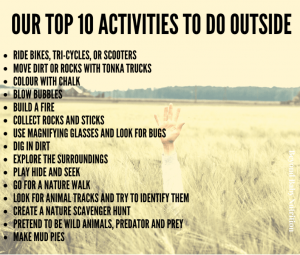
Blog author: Jodi Barrett
CEO of Kettlebell Kickboxing Canada
Master Level Trainer- KBIA and MKC Certified
BA -PAS F/L
After 13 years of being a stay at home mom Jodi found Kettlebell Kickboxing! She
now runs Kettlebell Kickboxing Canada in Regina and Certifies trainers across
Canada in KBIA!
Website: www.kettlebellkickboxingcanada.com
Instagram: kettlebellkickboxingcanada
Let me introduce you to Kettlebell Kickboxing, you have never experienced such a full body workout that has fused the Russian Kettlebell with Martial Arts Motion! It increases your cardio, your strength and mobility like no other! While training Kettlebell Kickboxing you will find the program implements the 5 Pillars of human movement. Allow me to show you Kettlebell training with the 5 Pillars.

Kettlebell Training …Why We Need 5 Pillars!
When training we always want to look at a balanced training program. In today’s busy life we need to embrace this holistic approach to help create a positive healthy habit that can carry you forward.
First, what is even exercise today? We all discuss it or the lack of it but when looking at exercise it is crucial to know exactly what exercise is. There is widespread confusion about what constitutes recreation and what constitutes exercise. This confusion inhibits
people from reaching their best potential, getting the most benefits from their training, or worse, injuring themselves and losing the healthy lifestyle all together. Exercise should make you stronger, more mobile and it should be measurable. Exercise is injury prevention and performance enhancement.
So now that we know what exercise is, we need to dig a little deeper and look at how to find a proper exercise program. Your fitness class/training program should train the five human movement patterns, Pushing, Pulling, Level Change, Rotation and Locomotion!

Now let’s build what that looks like:
Exercises Using Your Pillars:
1.Kettlebell Push Ups (Push- horizontal)
Overhead Press (Push -vertical)
2.Kettlebell One Arm Rows (Pull- horizontal)
Pull Up (Pull- vertical)
3.Kettlebell Full Mobility Swing (Level Change-hip dominant)
Kettlebell Goblet Squat (Level Change-knee dominant)
4.Windmill loaded with Kettlebell (Rotation)
5.Kettlebell Farmer Carry (Locomotion)
Increasing your weight as you progress, making it a measurable and progressive workout!
Why, train these pillars? To remove risk of injury that comes from muscle imbalances.
For Kettlebell Kickboxing we can incorporate each pattern with a kettlebell other than the pull up, which we include without the kettlebell as it is a vital part of the equation. When training our bodies, we need to be aware that our training is functional, hence the 5 pillars.
At the end of the day if you are not able to have functional ability you will be lacking in longevity. Your fitness program should make you stronger. Finding a class or program that has the 5 pillars will give you a holistic approach towards your success! Physically, you deserve the right to feel capable, powerful and able-bodied. Training with the pillars gives you a program that you can take full pride in, enjoying your newfound abilities to move successfully. Mentally and physically as you train you will become a stronger and a more confident person, giving you a strong mind as well as a strong body!

Blog author: Jodi Barrett
CEO of Kettlebell Kickboxing Canada
Master Level Trainer- KBIA and MKC Certified
BA -PAS F/L
After 13 years of being a stay at home mom Jodi found Kettlebell Kickboxing! She
now runs Kettlebell Kickboxing Canada in Regina and Certifies trainers across
Canada in KBIA!
Website: www.kettlebellkickboxingcanada.com
Instagram: kettlebellkickboxingcanada














